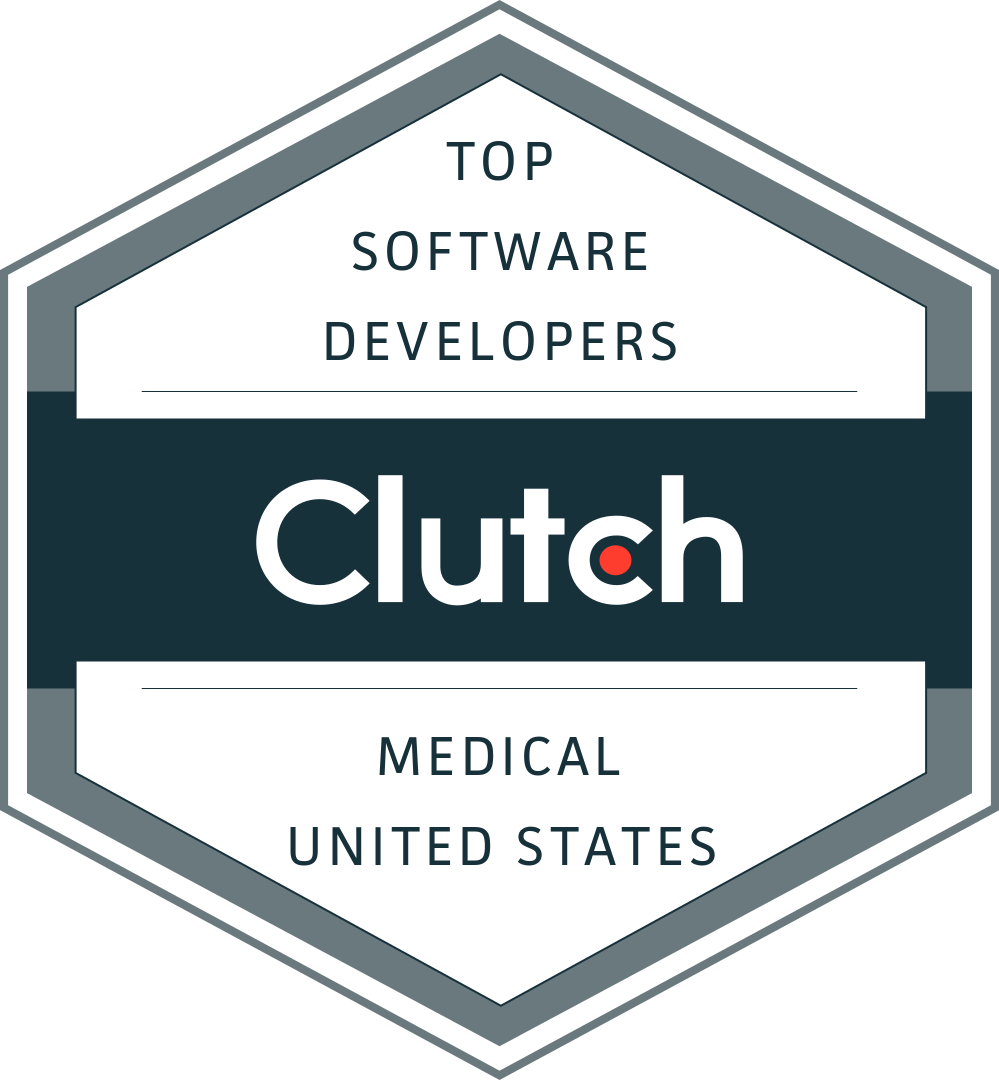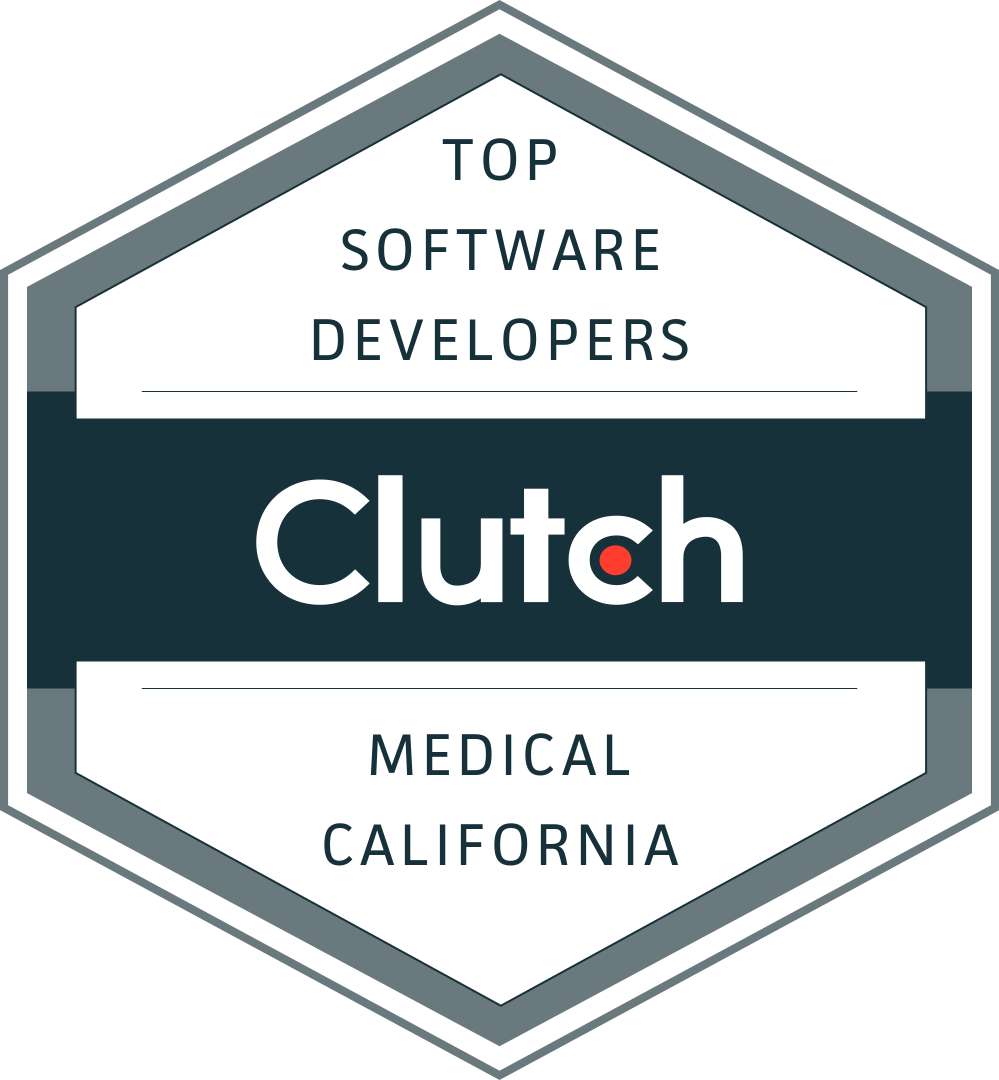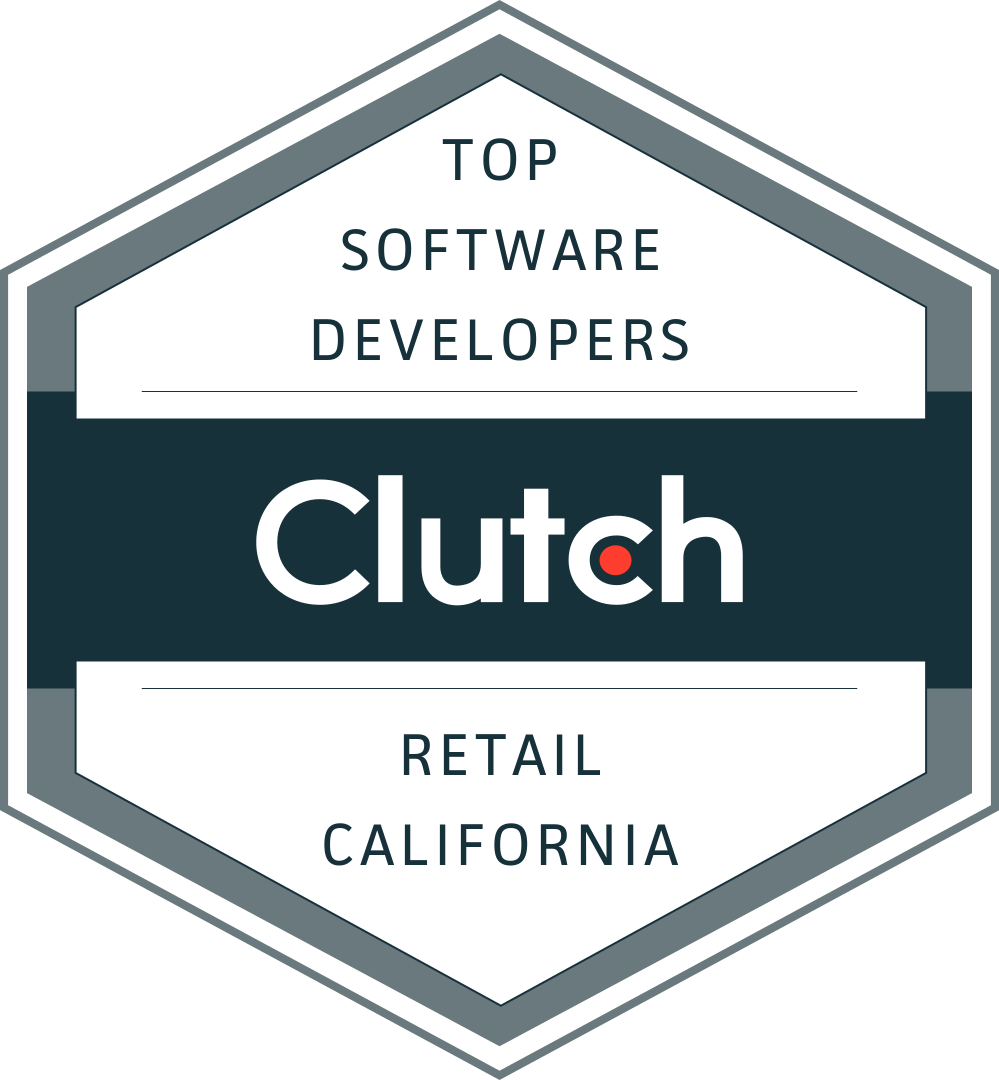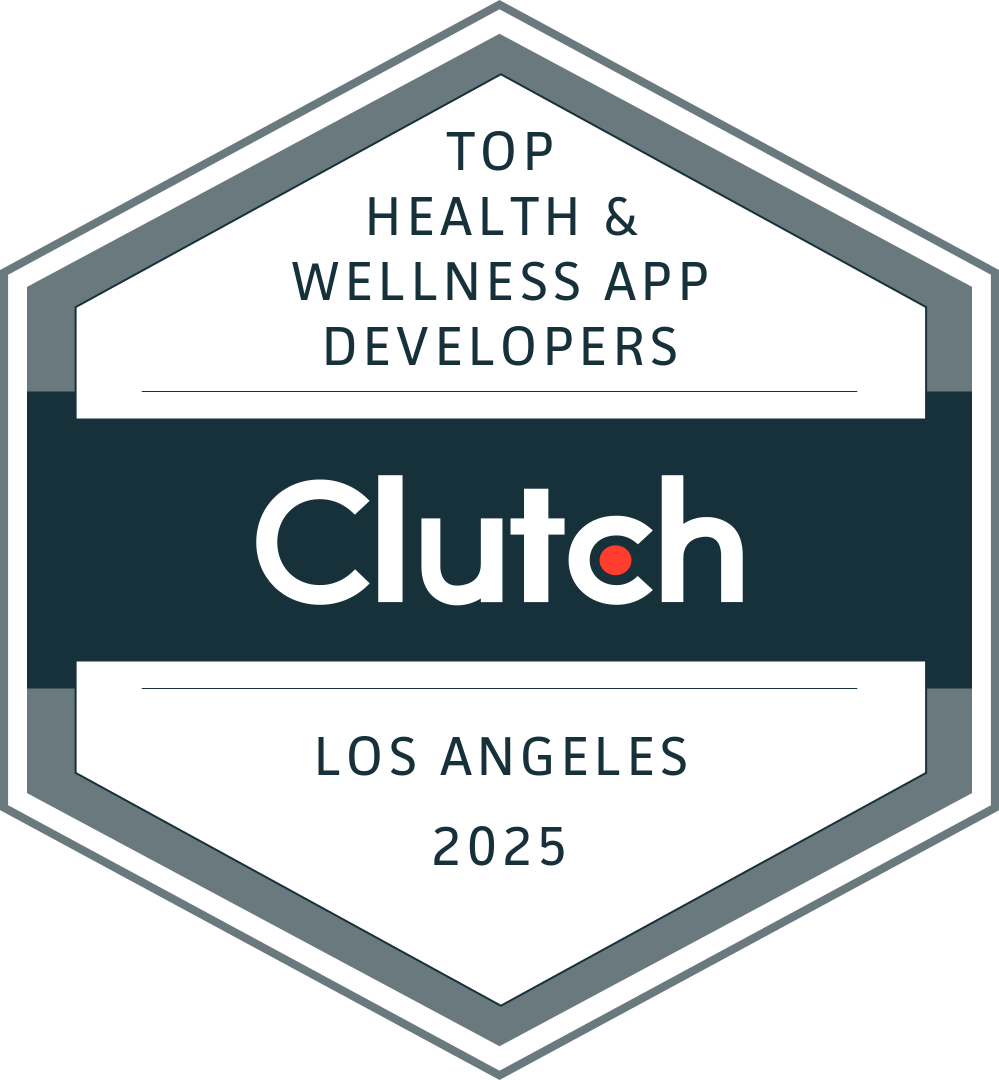Introduction ABA leaders face a new reality in 2025: growth depends not just on clinical outcomes—but on operational intelligence. Investors want margin expansion. Payors want speed and compliance. Caregivers want personalization. And your tech stack? It’s bloated, fragmented, and under-leveraged. AI isn’t a luxury anymore—it’s required to compete. But only if your systems, data, and […]

Data is the lifeblood of any ABA practice, informing decisions, improving client care, and driving operations. However, for practices using EHR platforms like CentralReach and others, a critical question arises: Who truly owns your data? While these platforms can help centralize and streamline information, they may also restrict access, limiting your ability to fully control and utilize your data. Here’s a closer look at the hidden barriers to data ownership and strategies ABA practices can use to regain control.
1. Can You Easily Integrate Data Across Systems?

For many ABA practices, an efficient flow of data between systems is essential. However, integrating data from platforms like CentralReach with HR, financial, or payroll systems is often challenging. Limited API capabilities can restrict access to necessary data fields, making it difficult to generate comprehensive reports or automate workflows across your organization.
Example: Imagine you need to sync clinical hours with payroll to streamline billing and compensation. Due to limited API access, you may not be able to automatically pull all the fields required, forcing staff to enter data manually—a time-consuming process that introduces the risk of errors. In a busy practice, this lack of automation can bog down administrative efficiency and increase operational costs. Ultimately, if you cannot seamlessly combine your data across systems, you may face restrictions that limit your ability to run your practice as efficiently as possible.
2. Data Extraction: Do You Really Own It?

If exporting your data is a hassle, the question of true ownership becomes murky. ABA practices often find that critical data—like session notes, clinical reports, or client outcomes—is stored in formats that are difficult to extract, such as PDFs or proprietary formats. This lack of portability can prevent practices from fully analyzing or integrating their data with other business systems.
Example: Consider the case where you want to analyze clinical outcomes in relation to financial performance or merge session data with compliance records. When key data points are “locked” in non-editable formats, such as PDFs, generating insightful reports or performing in-depth analysis becomes a manual and cumbersome task. This lack of flexibility may lead to lost opportunities for valuable insights, ultimately hindering data-driven decision-making in your practice.
3. Switching Systems: The Cost of Data Lock-In
Switching from one EHR to another can be a daunting prospect for any ABA practice, especially when facing the hurdles of data migration. Many EHR platforms don’t easily support bulk data exports, making it difficult to retrieve all of your data if you decide to move to a new system. This lack of flexibility often leads to what’s called data lock-in, where transitioning to a new platform becomes financially and logistically burdensome.
Moreover, with per-user pricing models, frequent price hikes, and hidden fees, many ABA practices find that the cost of scaling their systems can increase rapidly. Without options for easy data migration, practices may feel trapped, unable to transition or expand without significant additional costs.
Example: Suppose your practice grows, and you want to transition to a more scalable platform. In many cases, exporting data in bulk is either difficult or incomplete, leading to incomplete records and the need for costly manual data entry. By maintaining regular backups to an independent data warehouse, practices can bypass these limitations, ensuring smoother transitions with all historical data preserved, even if switching platforms becomes necessary.
4. Are You Held Hostage by Your EHR?
If your EHR limits access to your data, restricts your ability to combine it with other business systems, or complicates platform transitions, you may feel as though your data is held hostage. This problem becomes even more pronounced as vendors implement per-user pricing models and unanticipated price hikes, making data accessibility a costly challenge.
When your data feels out of reach, your practice loses flexibility. Sudden price changes, limited scalability options, and poor data portability can make it increasingly difficult to scale without incurring high costs or sacrificing operational efficiency. For ABA practices aiming to grow or adapt, these restrictions can severely limit future potential.
5. Taking Control: Regular Data Backups
To regain control over your data, one of the most effective strategies is to regularly back up your data to an independent data warehouse. By creating this backup, your practice can ensure the accessibility, security, and usability of its data regardless of SaaS-based restrictions. Here’s how establishing an independent data warehouse can benefit ABA practices:
- Custom Reporting: With a backup system, your data is stored in formats that can be easily accessed for custom reporting. For instance, you could track cancellation trends by clients or RBTs to identify patterns that impact scheduling and resource management.
- Seamless System Integration: An independent data warehouse enables smooth integration with HR, financial, and other systems, supporting comprehensive insights and improving workflow automation.
- Platform Transition Flexibility: With a regularly updated backup, your historical data is readily available, allowing for a less complex, less costly transition if you choose to switch platforms.
Conclusion: Taking Ownership of Your Data
So, who controls your data—you, or your EHR provider? If you’re experiencing difficulties with data extraction, integration, or migration due to high costs and limited access, you may effectively be held hostage by your EHR. Reclaiming ownership starts with a proactive approach to data management.
Consider backing up your data regularly to an independent data warehouse to ensure that all of your key information remains accessible, even if you decide to change platforms. With frequent data syncing, your practice can keep vital records current, enabling integration with other essential systems, supporting custom interfaces, and facilitating robust reporting capabilities. These measures enhance your ability to scale, analyze, and optimize workflows without dependency on a single SaaS vendor.
Additionally, partnering with an experienced software development firm that understands ABA-specific data needs can provide a tailored roadmap for managing, storing, and integrating your data. Such a partner can help you establish effective backup systems, set up custom reports, and navigate integration challenges unique to ABA practices, empowering you to retain control and flexibility over your data.
By adopting these strategies, ABA practices can protect their data, avoid escalating costs, and maintain operational flexibility. The result? Greater resilience, independence, and scalability—key factors that will support your practice's success in a rapidly evolving digital landscape.






